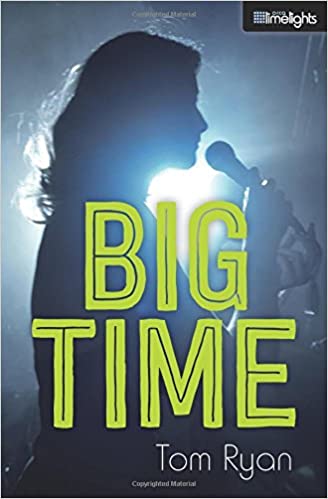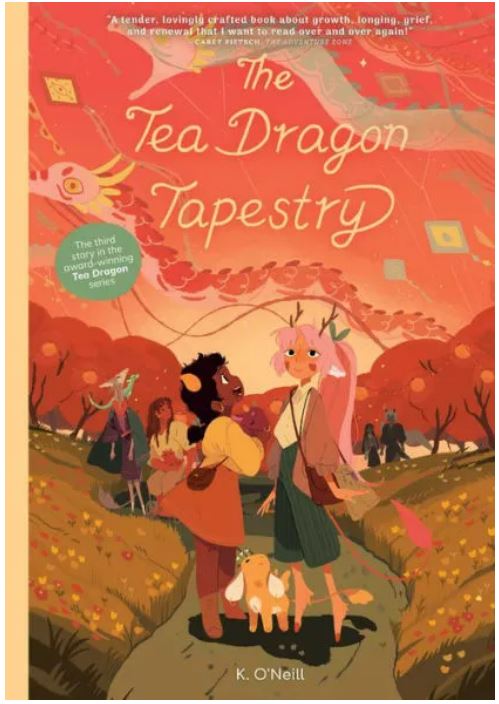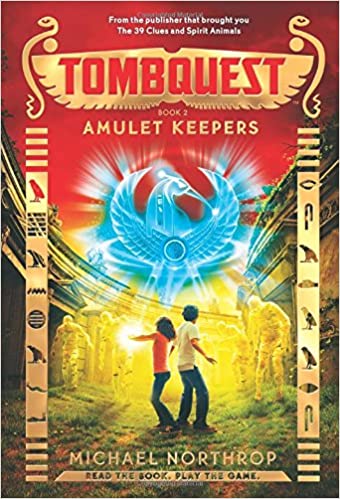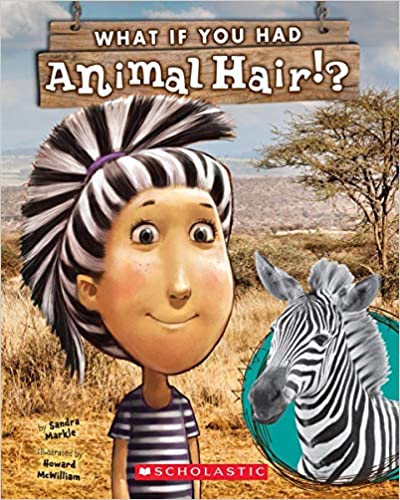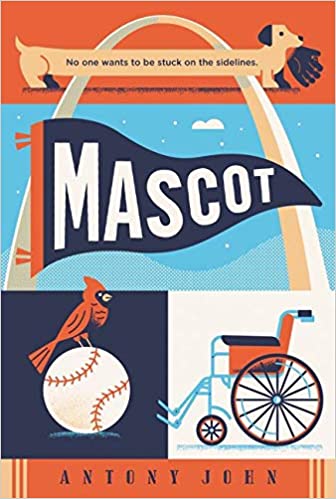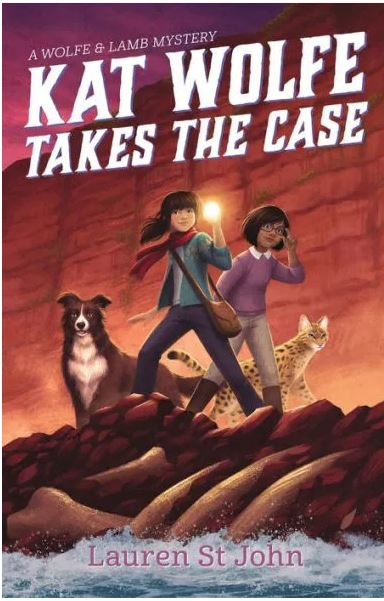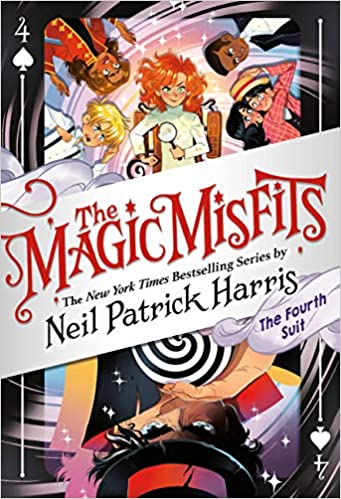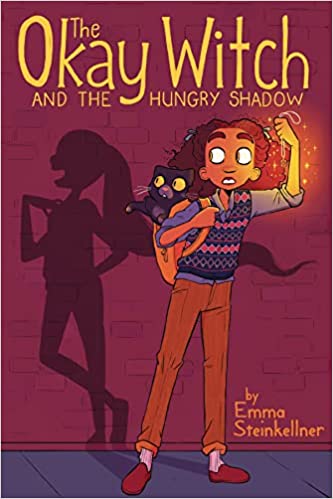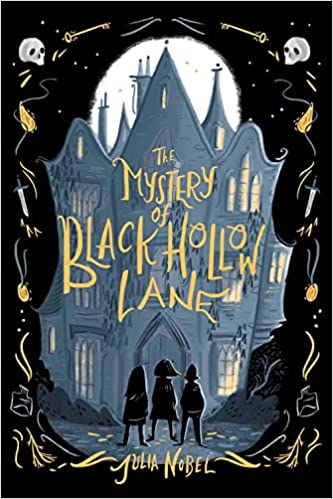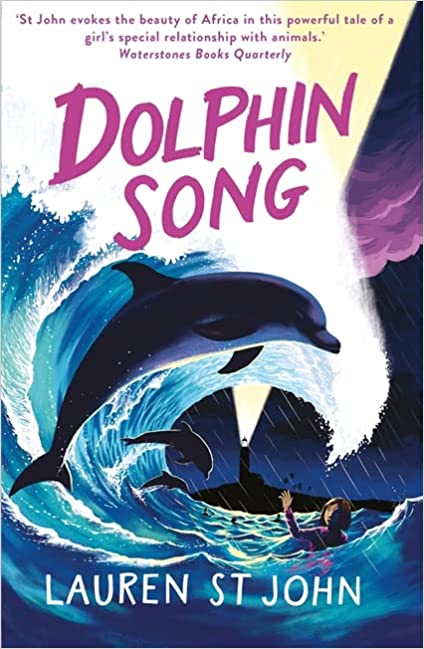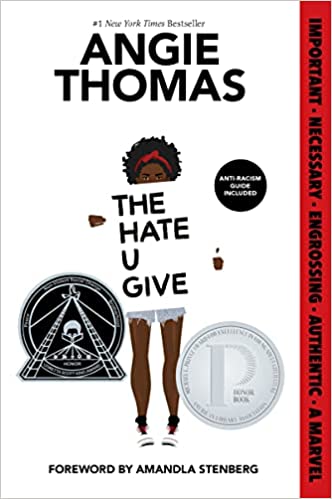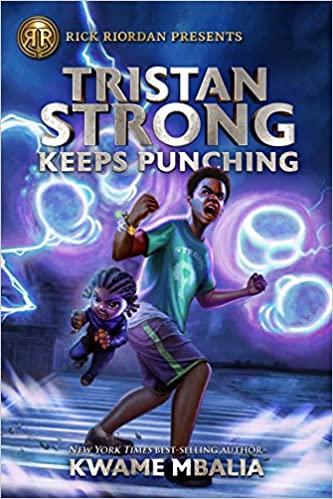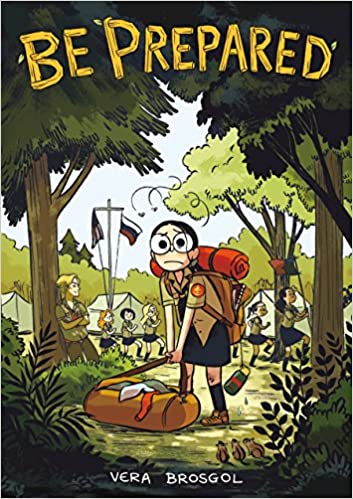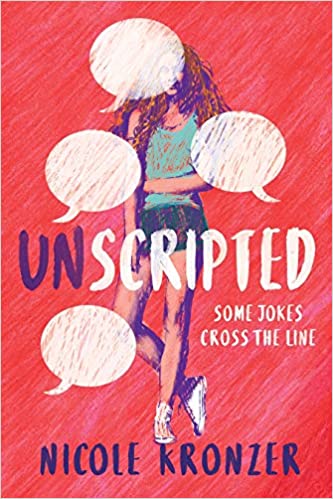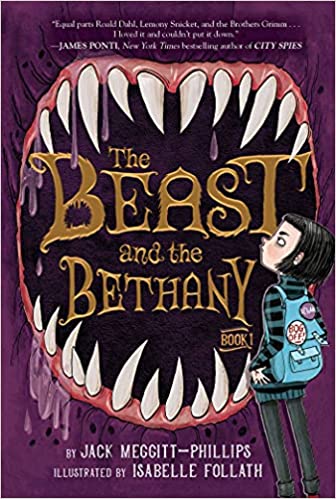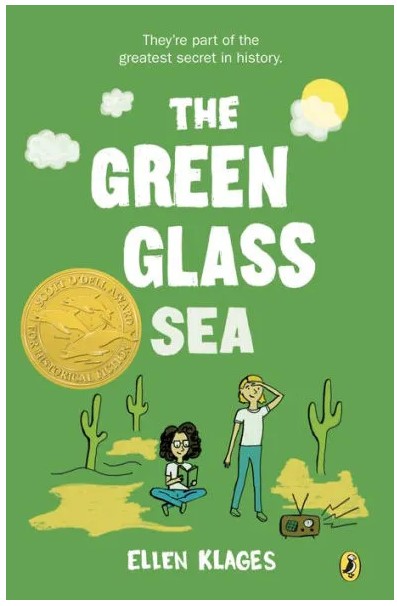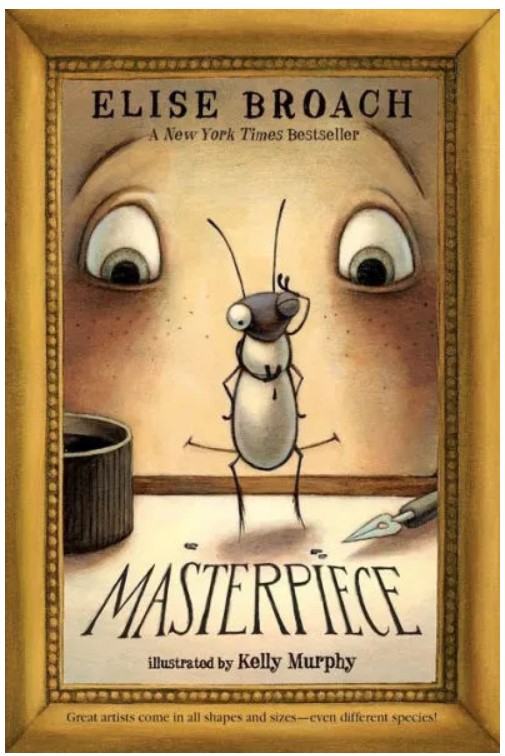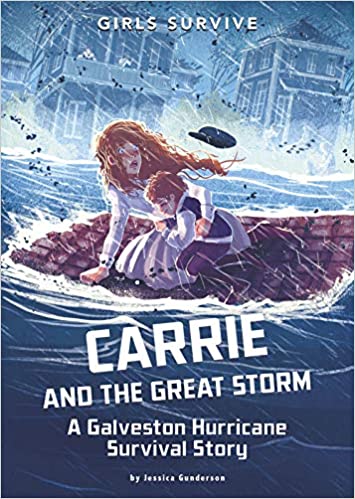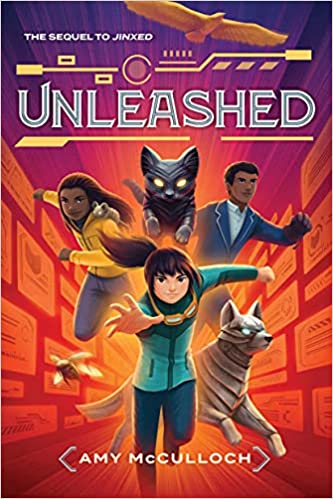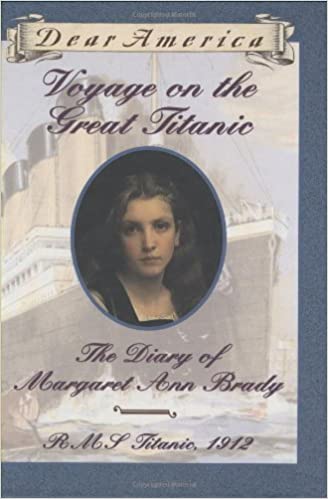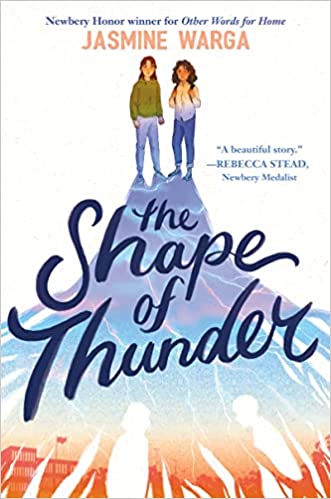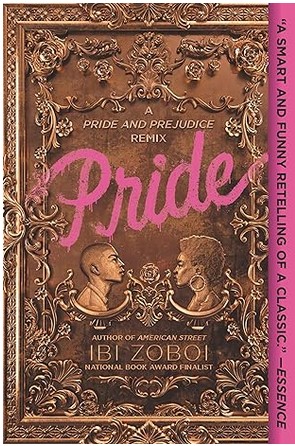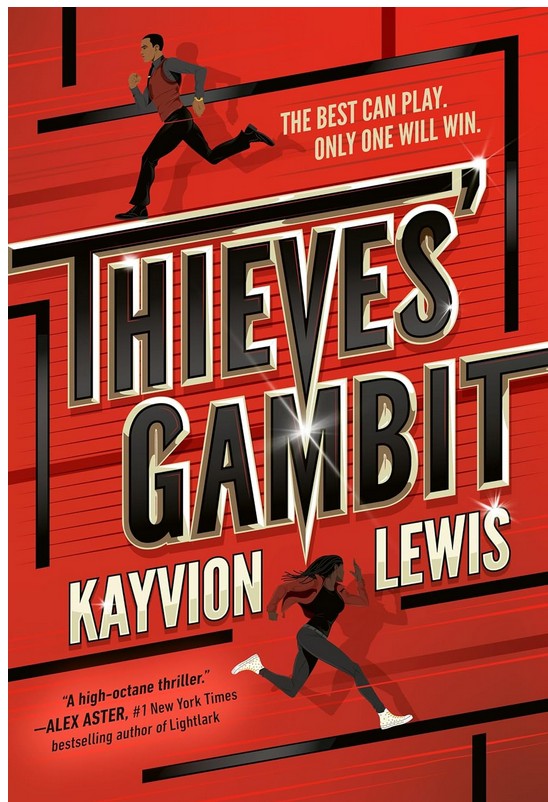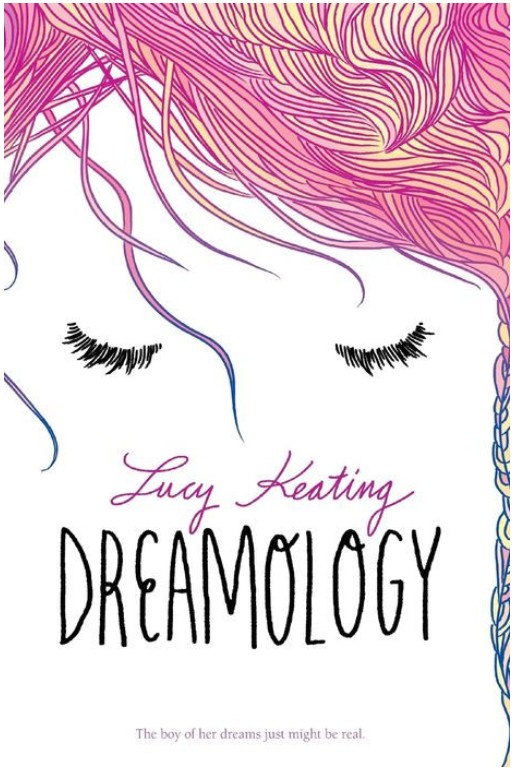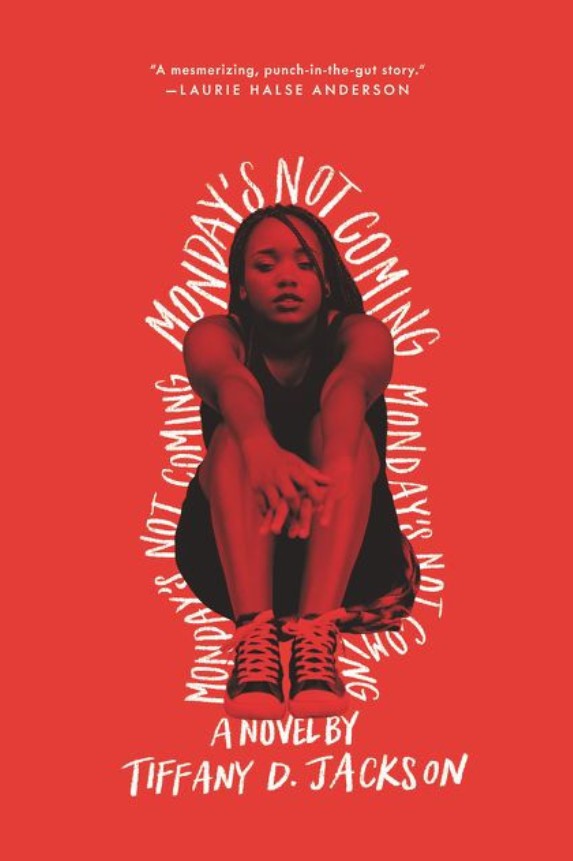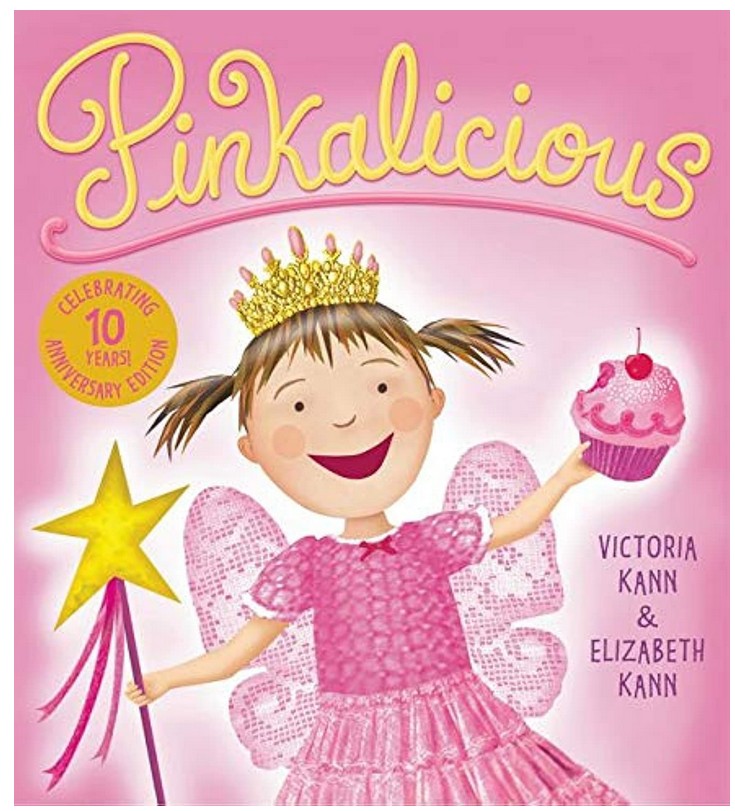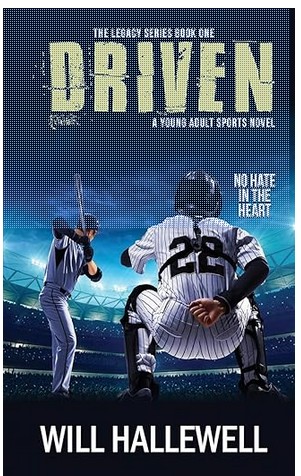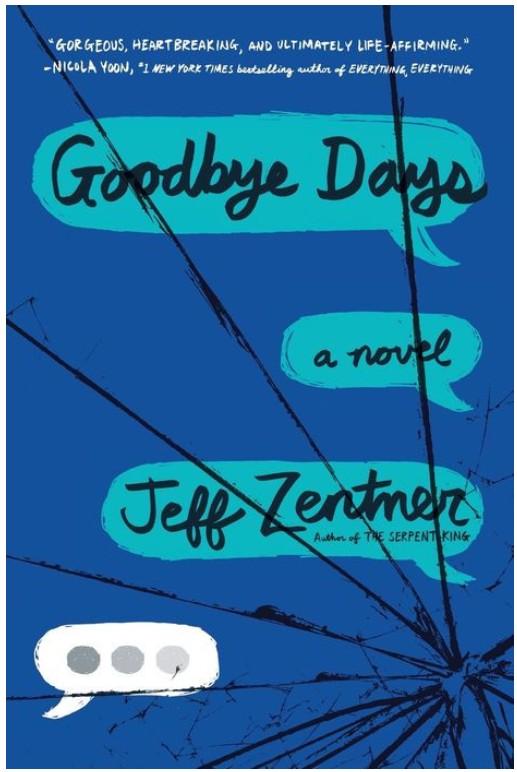Gerri waits outside all night to audition for Big Time, her favorite TV singing competition. She believes she has a shot at success, but when she’s insulted by one of the judges and kicked out of the competition, she thinks she’ll probably never sing again.
After a teacher at her school asks her to join a choral club, Gerri reluctantly gets involved. Even though she can’t read music and she doesn’t know the other kids, she finds herself enjoying the group and learning a lot about music. A cute guy she met at the Big Time auditions joins the group, and when they perform their unique mashups at an open-mic night, Gerri realizes there’s more than one way to be a successful—and happy—singer!
Anyone who’s ever faced rejection will relate to Gerri’s conflict and empathize with her feelings of insecurity. Since much of Gerri’s self-doubt and personal growth revolves around her musical ability, the story lacks action. Nevertheless, readers who are interested in music will enjoy learning how being part of a group helps Gerri understand music and herself better. While much of the story revolves around Gerri’s choral group, her guitar-playing granddad also plays a positive and significant role in Gerri’s musical growth. Gerri’s granddad helps her see that people should sing for their own personal enjoyment because music “helps us bring a little bit of happiness into other people’s lives.”
When Gerri tries out for Big Time, she meets Poppy, a confident singer who has some success on the reality show. Even though Poppy doesn’t play a large role in the story, her experiences help reinforce the importance of singing for enjoyment. While she was competing, Poppy began to focus on beating the other contestants, which caused a lot of stress and unhappiness. When she was cut from the competition, Poppy was relieved because being on Big Time took the joy out of singing.
One of the best aspects of the book is Gerri’s personal growth. She changes from a downtrodden girl who doesn’t want to sing, to a more confident musician who is thankful that she was rejected from Big Time. Gerri thinks, “It turns out that getting rejected from Big Time was one of the best things that could have happened to me. . . because it helped me understand what being a musician is really all about. . . It’s about learning and practicing and making music wherever and whenever you feel like it.”
As part of the Orca Limelights collection, Big Time is specifically aimed at middle schoolers and teens with an interest in the performing arts who want to read a short, high-interest novel. The story’s straightforward plot, easy vocabulary, and interesting characters make Big Time the perfect fit for music-loving readers.
Big Time has many positive aspects including teaching the importance of overcoming obstacles. In addition, the story portrays Gerri’s family in a positive light, and the supporting characters, while not perfect, unite over their love of singing. If you’re looking for a quick read, Big Time is a short, but solid story that will please anyone who loves music. Readers who want to read more music-themed books should grab a copy of Ace’s Basement by Ted Staunton and the graphic novel series Eagle Rock by Hope Larson.
Sexual Content
- None
Violence
- A woman calls one of the Big Time judges a jackass.
Drugs and Alcohol
- One of the Big Time contestants says that Adele drinks whiskey before every performance.
Language
- None
Supernatural
- None
Spiritual Content
- None
